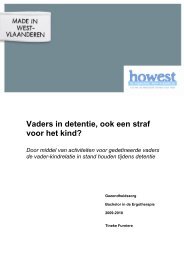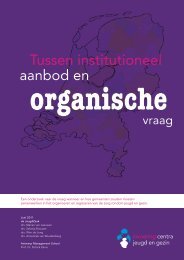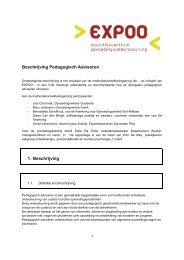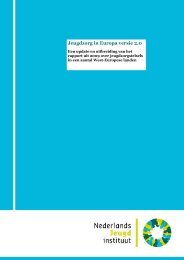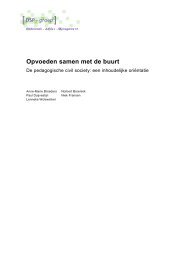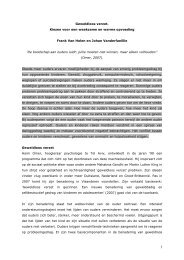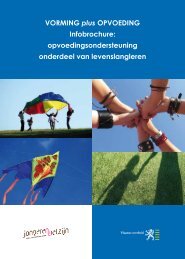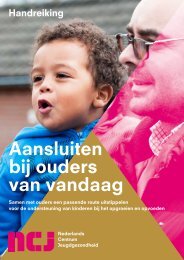Technique Is Not Enough (TINE) - British Psychological Society
Technique Is Not Enough (TINE) - British Psychological Society
Technique Is Not Enough (TINE) - British Psychological Society
- No tags were found...
Create successful ePaper yourself
Turn your PDF publications into a flip-book with our unique Google optimized e-Paper software.
families who might benefit. This proportion varied widely between centres, from 6 per centto 45 per cent. Further analysis showed that the targeting itself was also poor. Of the 299families referred, only 85 (28 per cent) actually met the programme’s criteria. This maskedwide variation across centres, from between 17 per cent and 40 per cent. There is noreason to believe that recruitment to targeted parenting interventions is any better for anyother programme or for any other local authority.4.3. Insights from research and practiceAn important element of an effective recruitment and retention process involves activitiesthat are separate to the programme but get families interested in the first place and helpkeep them interested. A fairly wide literature exists on engaging service users in children’sservices, covering a range of different types of service. Much of it explores why familieswith complex and serious needs make less use of services than expected. The literaturecovers a range of different types of service and service populations including cruciallythose we are interested in here:■ Parenting programmes for families of children aged 0–18 (Spoth & Redmond, 1995;Spoth et al. 1996; Orrell-Valente et al., 1999; Spoth et al., 1999; Spoth et al., 2000;Gorman-Smith, 2002; Spoth & Redmond, 2002; Miller & Sambell, 2003; Rooke et al.,2004; Heindrichs et al., 2005; Haggerty et al., 2006; Matthey et al., 2006; White &Verduyn, 2006; Bell, 2007; Spoth et al., 2007; Sanders et al., 2009; Leung et al., 2009;Nix et al., 2009; Lau et al., 2010; Sterrett et al., 2010; Patel et al., 2011);as well as:■ Ante- and post-natal home visiting (Daro et al., 2003; Barlow et al., 2005; Barnes et al.,2006; Gray, 2009);■ Sure Start and other family support services for a range of families (Gray, 2002;Garbers et al., 2006; Pearson & Thurston, 2006; Dyson et al., 2009);■ Parental engagement in schools (DeVance et al., 2009);■ Family therapy services for families with children aged 0-18 (Coulter, 2007; Tayloret al., 2008); and■ Adult mental health services (Davidson & Campbell, 2007).There is a tendency in this literature to talk about ‘hard-to-reach’ families but often, as willbe seen, the problem is more that services are ‘hard to access’. Given acceptance of thisdistinction it may be that part of the solution here is to see these activities as intrinsic toprogrammes rather than an as ‘external factors’. We will come back to this point once wehave reviewed the evidence and looked at examples.Collectively the research highlights five key messages about why programmes often struggleto engage parents (elaborated more fully in Axford et al., 2011).1. Because vulnerable families are often known to many different practitioners they maybe reluctant to refer families to another service. Often the problem is that the onlyway to connect them with a new service is through extensive communication andcollaboration.28 Professional Practice Board




